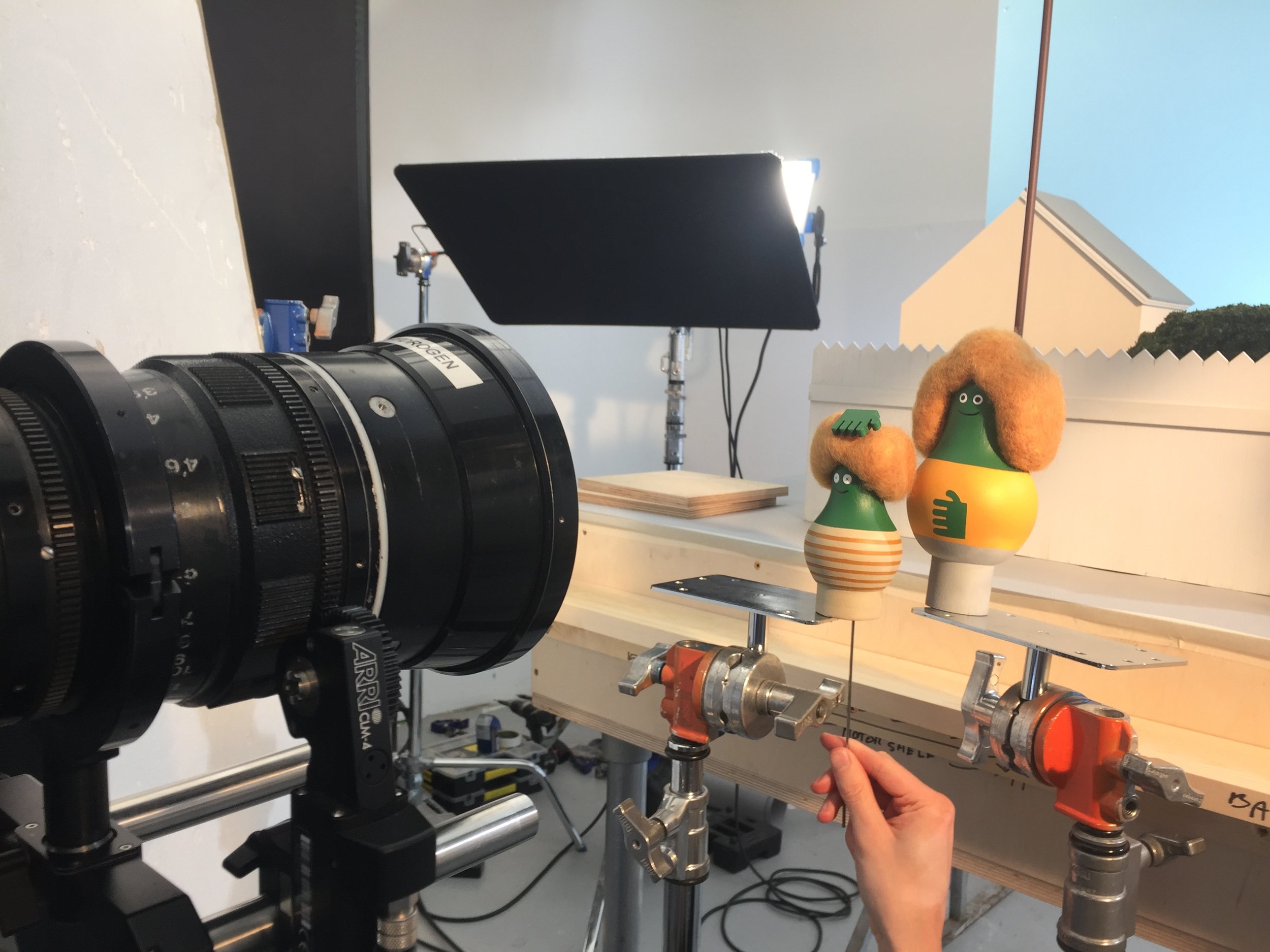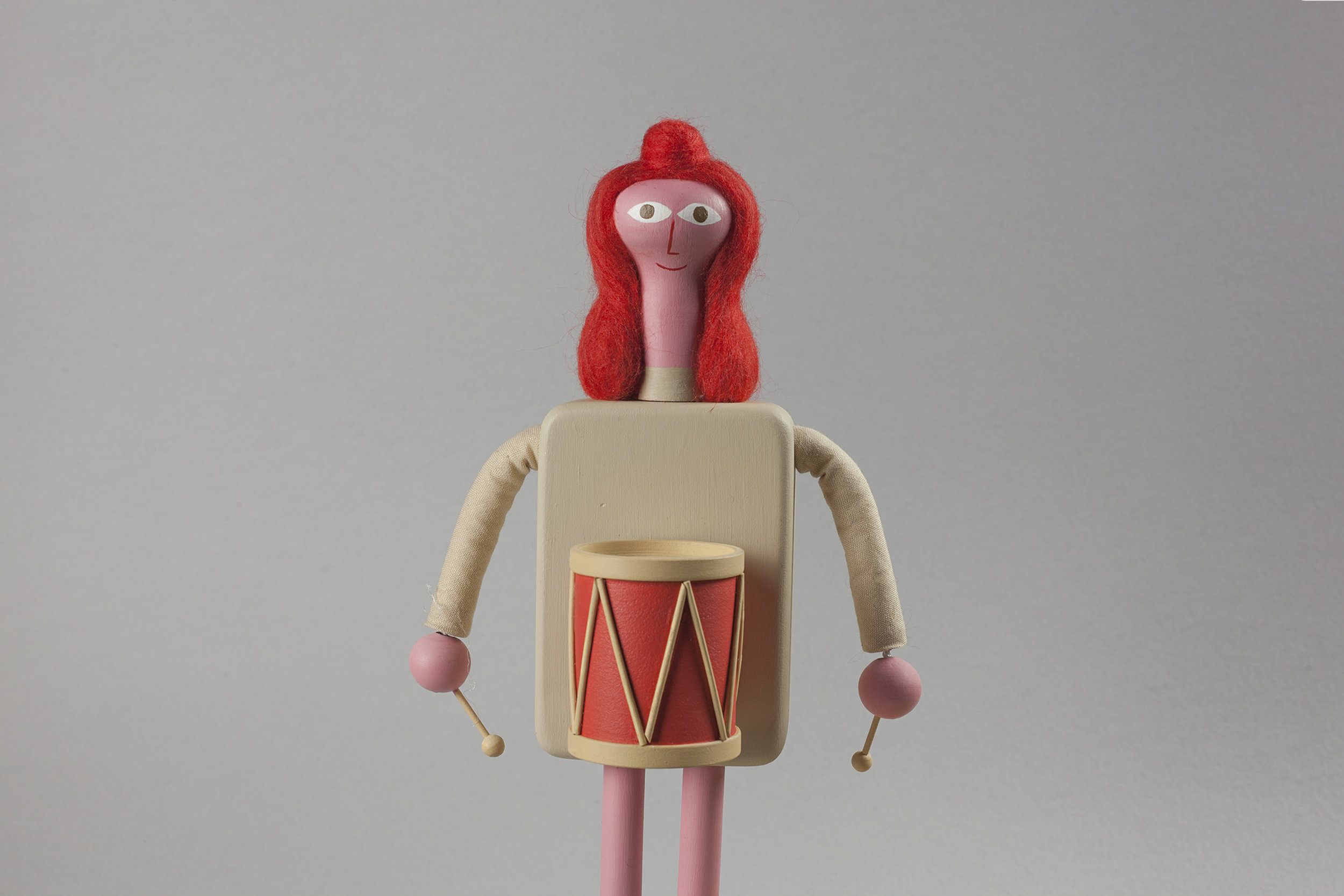The Recipe for Cheerios & 72andSunny’s Animated Kindness Campaign? Creators That Play Well with Others
Interview by Mike O'Donnell / Editor
Director Johnny Kelly
Cheerios and 72andSunny are making the good go round with Right On Tracks, a series of songs and animated music videos made to help parents spark conversations with their children around kindness, inclusion, and empathy. True to the campaign’s message, the behind-the-scenes crew embodied that collaborative and generous spirit.
Below, Director Johnny Kelly shares how he helped create a perfect collision of collaborators with Nous Vous and Andy Gent, how his creative process shifts with his intended audience (in this case, kids and their parents), and his proudest moment with this project: unleashing these films on an unsuspecting public. “After you finish a project there’s always that terrifying limbo period in between completion and launch where you start to doubt yourself. What on earth have you made? Are people going to get it? Should I have added more otters? Thankfully we have gotten a really positive response so far.”
What excited you most about joining Cheerios’ new campaign “Right On Tracks”? What’s the project all about?
When we were first approached, Cheerios and 72andSunny were in the process of commissioning musician Walter Martin to create a series of songs for kids that would encourage empathy and kindness. Their next step was to create music videos for these four songs, which is where I plopped in. And to answer your question: everything about this project excited me. There was a lovely message, catchy songs, and they were open to how these films would look (for a director, an open brief is the most exciting brief). Also, I’d worked with the creative director Devon Hong before and knew he would steer this breakfasty ship in an exciting direction.
How does your creative process adjust depending on your intended audience?
My approach varies wildly from project to project depending who is going to watch/look at/consume the final result. Directing animation on various commercial projects, what you invariably hear is that it “looks too kiddie,” so it was a rare treat to work on something that was actually made for children.
With educational films it’s easy to talk down to your audience, but Walter set such a perfect tone with his music and lyrics that it never felt patronising. My job was to mirror his songs visually: keep the action loose and spontaneous, not too overworked. In the company of children, I’m one of those silly dads/uncles that reverts to full slapstick and these films reflect that, packed as they are with toilet dunks, comedic whip pans, and fart gags.
“With educational films it’s easy to talk down to your audience, but Walter set such a perfect tone with his music and lyrics that it never felt patronising. My job was to mirror his songs visually: keep the action loose and spontaneous, not too overworked.”
What was it like collaborating with illustration collective Nous Vous and model maker Andy Gent? What made them ideal fits for this project?
I had worked with both Andy and Nous Vous on different projects in the past, and liked the idea of matchmaking them here because their work is so different. I knew there would be a beautiful unexpected collision and they didn’t disappoint. We gave Nous Vous's character designs to Andy and his team, and with little direction (partly because there were so many, almost 100) they conjured up this cast of beautiful weirdos.
What were some of the biggest challenges and breakthroughs?
The biggest challenge was shooting around 70 setups in three days. It was a grueling shoot but very rewarding as the puppets continually made us laugh. Our lead puppeteer Matthew Cooper would hold one into shot, add a little head shake and everyone on set would giggle. This kept momentum up. Filming so many sets - 30 on the last day -became a logistical feat. Our director of photography Matthew Day devised an ingenious system where we had 2x sets on either side of our studio, with the camera in the middle. The camera would start on one, then pivot 180º to the next once it was set up. And back again.
“I had worked with both Andy [Gent] and Nous Vous on different projects in the past, and liked the idea of matchmaking them here because their work is so different. I knew there would be a beautiful unexpected collision and they didn’t disappoint.”
Proudest moment in the making of these Right On Tracks?
My proudest moment was unleashing these films on an unsuspecting public. After you finish a project there’s always that terrifying limbo period in between completion and launch where you start to doubt yourself. What on earth have you made? Are people going to get it? Should I have added more otters? Thankfully we have gotten a really positive response so far.
What’s one thing most people don’t know about directing animation that they should?
One thing I’ve found is that directing an animator is like directing an actor. Casting is crucial, and micro-management doesn’t lead to good results.
What creative advice can you share after completing this project?
Keep thinking! This project changed dramatically at every stage of the process, whether it was storyboarding or sound design. You can crowbar in a good idea at any stage of a project.













